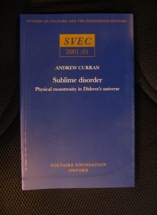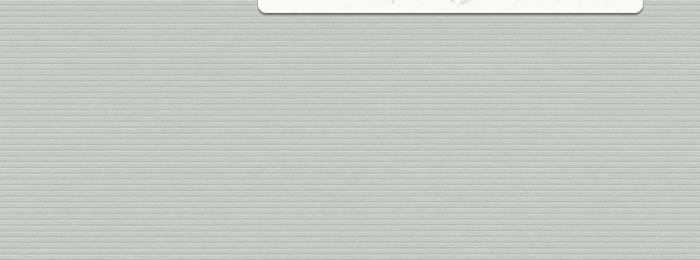
Diderot’s monsters – be they hermaphrodites, bicephalous ‘twins’, or the victims of a misfiring moral fiber – are conspicuous members of his universe, evoked not only in Le Rêve de d’Alembert and the Eléments de physiologie, but also in Diderot’s translation of Shaftesbury and in Le Neveu de Rameau.
In Sublime disorder, Andrew Curran situates Diderot’s varied discussions of human anatomical anomalies within the larger context of the history of ideas and eighteenth-century philosophy. Offering a new interpretation of the ideological component of Diderot’s presentation of monstrosity, Curran highlights the fundamental paradox regarding these monsters. While portrayed as random and accidental flukes of nature within a godless universe, Diderot’s monsters are, ironically, the most teleological of all beings. Like any other literary creation, they are contrived and staged, as it were, for a textual world where materialist dogma is as important as disinterested anatomical study. Examined from such an angle, Diderot’s frequent recourse to the trope of monstrosity is restored to its rightful place. No longer a footnote within the chronicle of science’s normalisation of such beings, Diderot’s fascination with monstrosity is returned to an era of pre-teratological speculation, an era where misshapen humans signal the possibilities and the limitations of the philosophe’s own materialist worldview.

Sublime disorder: physical monstrosity in Diderot’s universe
SELECT REVIEWS

Chabut, Marie-Helene,
Eighteenth-Century Studies - Volume 38, Number 2, Winter 2005, pp. 323-328
Eighteenth-Century Studies - Volume 38, Number 2, Winter 2005, pp. 323-328
Connon, D., British Journal for Eighteenth-Century Studies, 25, 2002, 281-2.
Edmonston, W., French Review 76, 2002: 398-99.
Perceval, M., French Studies, 56/4, Oct 2002: 529-530
Spangler, M., Diderot Studies, 2004.
Quintili, P., Recherches sur Diderot et sur l’Encyclopédie, 33, 2003, 213-218.
Warman, C., Modern Language Review, 97, part 4, 973.





